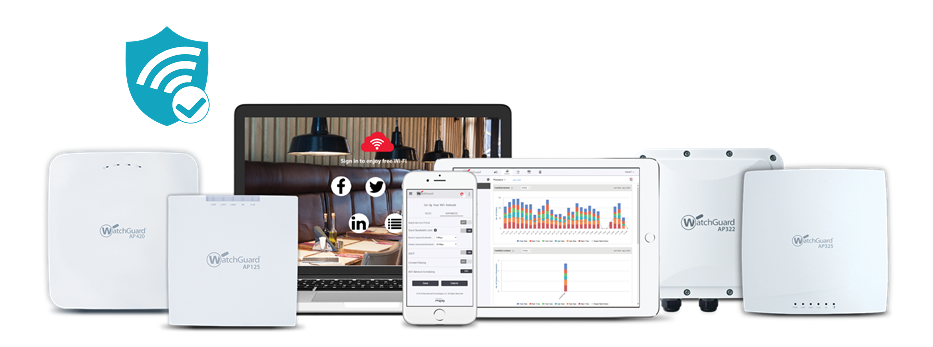There were 8.4 billion connected devices in 2017. That’s expected to hit 20.4 billion this year, according to Gartner. Hackers prefer to go after the weakest link in the security chain. It doesn’t take much to hack into a Wi-Fi network using easily accessible tools and the multitude of how-to videos on the internet. Even the most rookie hacker can intercept traffic flowing over Wi-Fi and steal valuable data from your smartphone, tablet or laptop. A compromised business network can cost from thousands to millions in fines and breach remediation expenses.
Worst yet, the majority of the security industry focuses on layer 7 application attacks – such as zero-day malware and ransomware. These major players are neglecting layer 2 attacks over Wi-Fi, such as flooding an access point (AP) with de-authentication frames or cracking WPA2.
To help combat these vulnerabilities in this grim-looking environment, more and more I.T. departments are creating “Trusted Wireless Environments” that automatically detect and prevent Wi-Fi threats.
What is a Trusted Wireless Environment?
In 2019, WatchGuard started a movement. It’s pursuing industry cooperation on Wi-Fi security standards, that will protect us from the six known Wi-Fi threat categories. It’s called the Trusted Wireless Environment framework. The framework defines the technology components a Wi-Fi network needs for: high performance, scalable management, and security protection. At the end of the day, Wi-Fi users can go about their day-to-day business without worries of being compromised.
Only WatchGuard APs protect networks from all six threat categories. Reach out to watchguard@sofsol.co.nz today to find out how to bring your entire Wi-Fi deployment into Trusted Wireless Environment compliance.

